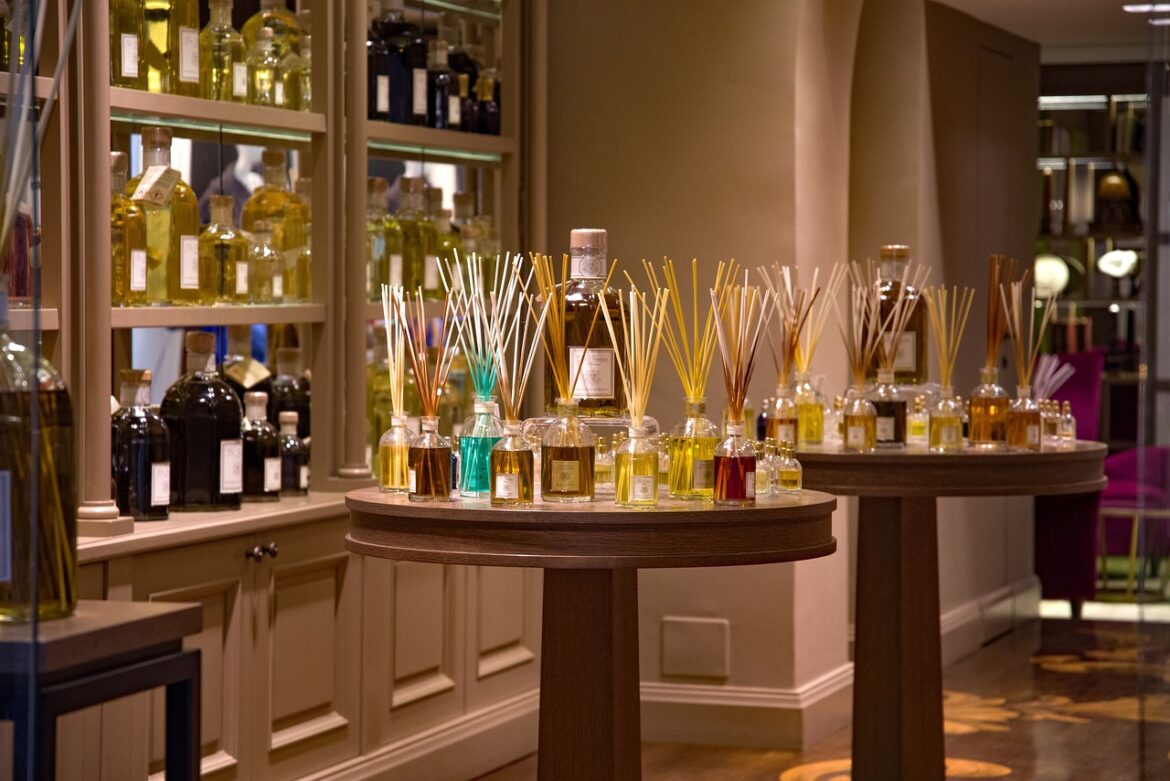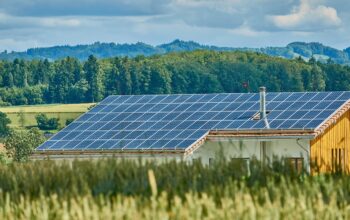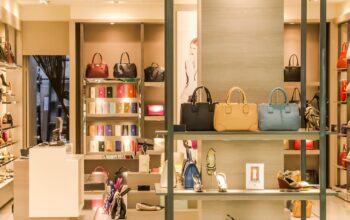Sustainability and Technology Drive Luxury Market Evolution
The luxury goods market is undergoing a significant transformation, with sustainability and technology emerging as key drivers of change. As the sector projects steady growth, reaching $495.16 billion in revenues by 2025, brands are adapting to meet evolving consumer demands and regulatory pressures.
Sustainability Takes Center Stage
• Regulatory Pressure: The implementation of policies like the EU’s Packaging and Packaging Waste Regulation (PPWR) and the UK’s Extended Producer Responsibility (EPR) is pushing luxury brands to adopt more sustainable practices.
• Consumer Demand: Socially conscious consumers are increasingly favoring brands that prioritize sustainability, making it a crucial factor in maintaining market share and brand loyalty.
Technological Innovation
• AI-Driven Solutions: Luxury brands are leveraging artificial intelligence to optimize packaging designs, reduce waste, and improve overall efficiency in their operations.
• Digital Transformation: The shift towards online sales continues, with projections showing 18.2% of luxury goods sales occurring through digital channels by 2027.
Market Dynamics
• Leading Players: Brands like Chanel, Dior, Gucci, and Louis Vuitton continue to dominate the market, but face increasing competition from emerging sustainable luxury brands.
• Regional Growth: The United States leads in luxury spending, with projected revenues of $83.3 billion in personal luxury goods by 2028, followed closely by China.
As the luxury sector navigates these changes, brands that successfully integrate sustainability and technology into their core strategies are likely to emerge as leaders in this new era of conscious luxury consumption.
References:
- https://essfeed.com/reusable-and-collectible-packaging-favored-by-luxury-retail-brands-reusable-and-collectible-packaging-favored-by-luxury-retail-brands/
- https://www.afar.com/magazine/top-cruise-trends-2025
- https://www.winssolutions.org/sustainability-news-march-17-23-2025/
- https://en.wikipedia.org/wiki/Sustainable_fashion
- https://www.bizzbuzz.news/LifeStyle/luxury-mkt-poised-for-transformation-as-sustainability-tech-take-center-stage-1356129
- https://www.exor.com/system/files/2025/document-documents/EXOR%202024%20Annual%20Report.pdf
- https://www.trendhunter.com/slideshow/march-2025-luxury
- https://economictimes.com/small-biz/sustainability
- https://apparelresources.com/business-news/retail/us-luxury-apparel-spending-drops-early-2025-fast-fashion-thrifting-rises/
- https://www.berrydunn.com/news-detail/shifting-from-denials-management-to-denials-prevention-5-steps-for-success
- https://www.globaltrademag.com/green-packaging-is-more-than-a-trend-its-an-essential-step-toward-sustainability/
- https://www.vistaprint.com/hub/top-promotional-products-and-trends
- https://skybridgeluxury.com/top-luxury-hospitality-trends-to-watch-in-2025/
- https://attachment.news.eu.nasdaq.com/a9efec47011d54bd597f6e2d2555864cb
- https://www.travelandleisure.com/best-tropical-vacations-around-the-world-7095140



